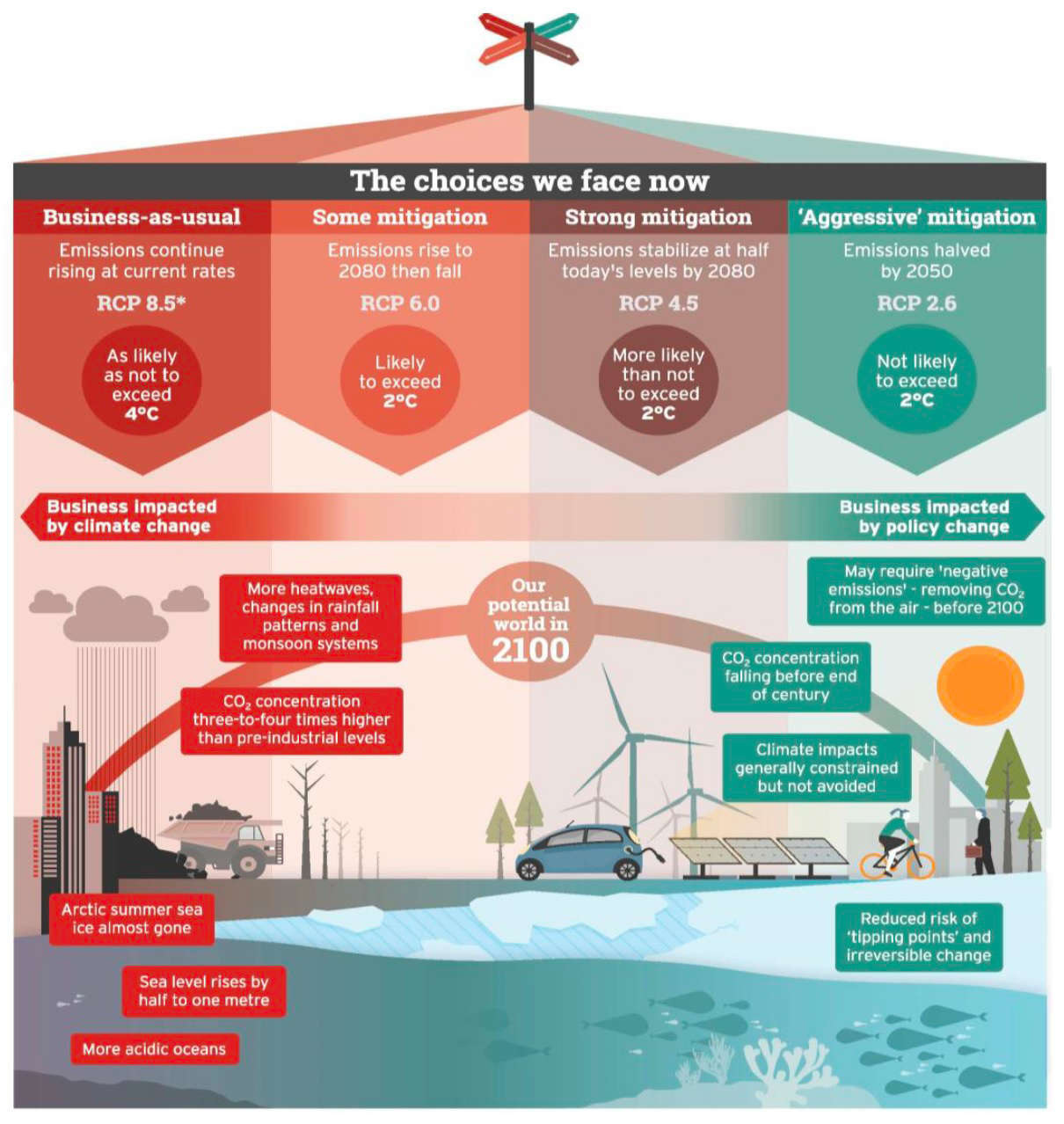Navigation Map
- strategy (insurance, health, investments, finances);
- sustainable development (sales, employees, social responsibility, natural environment and ethics).
In the Chapter
GRIs
In the Chapter
GRIs
In the Chapter
GRIs
In the Chapter
GRIs
In the Chapter
GRIs
In the Chapter
GRIs
In the Chapter
Operating model
Climate
Employee
Risk and ethics
Business
In the Chapter
Operating model
Climate
Employee
CSR
Risk and ethics
Market
Business
In the Chapter
Operating model
Employee
Risk and ethics
Business
In the Chapter
Operating model
Employee
Risk and ethics
Business
In the Chapter
Operating model
Climate
Employee
CSR
Risk and ethics
Coping with the challenge of climate change [IIRC]
GRIs
 “Care and concern for the environment will help reduce the fast-occurring consequences of climate change. This is a task for the state, local governments and each and every household. Also, the special responsibility of leaders of the Polish economy is to pursue the strategic goals of the state through sustainable and well-considered business practices and to support efforts aimed at adaptation to climate change and use of appropriate prevention measures.”
“Care and concern for the environment will help reduce the fast-occurring consequences of climate change. This is a task for the state, local governments and each and every household. Also, the special responsibility of leaders of the Polish economy is to pursue the strategic goals of the state through sustainable and well-considered business practices and to support efforts aimed at adaptation to climate change and use of appropriate prevention measures.”
Climate change currently poses one of the biggest global challenges to sustainable development. According to The Global Risk Report1 published in January 2020 by the World Economic Forum, among 10 key risks for the next 10 years in terms of impact and probability of materialization, as many as 5 are related to environmental factors. Back in 2012, a similar list contained only one environmental risk.
The PZU Group acknowledges the fact that climate change and related risks will have to be taken into account in the management methods, because its impact on financial performance will be increasingly more substantial. In recent years, there has been an increase in the number of extreme weather phenomena around the world, followed by an upsurge in related costs.
Polish Insurance Association in the report “Risk climate. How prevention and insurance may reduce the impact of natural disasters on the environment?”, prepared in collaboration with Deloitte.
As one of the largest financial institutions in Poland and across Central and Eastern Europe, the PZU Group is aware of the scale of its direct and indirect impact on the economy and the natural environment through the insurance services is offers as well as through its banking and investment activities.
Responding to the changing reporting guidelines, growing requirements and expectations of our stakeholders, investors and analysts in terms of a transparent information policy addressing the issue of preparation for climate change, in this report we describe aspects of both our direct and indirect impact on the natural environment. In accordance with Guidelines on non-financial reporting: Supplement on reporting climate-related information (2019/C 209/01), the disclosures in this report meet the double materiality perspective, namely, they contain information regarding the climate’s impact on the PZU Group’s business and the Group’s impact on the climate.
It is worth emphasizing that in its day-to-day operations the PZU Group undertakes a number of initiatives intended to ensure conscious management of its environmental impact, aiming to reduce the volume of pollutants released into the environment and lessen the consumption of natural resources. The PZU Group’s highest priority is to respond to the current needs of the Polish market and economy in accordance with EU and domestic regulations, including Poland’s Energy Policy until 2030 currently being developed and the National Plan for Energy and Climate for 2021-2030, which has been submitted to the European Commission for further consultations.
Since 2017, PZU has been a member of the United Nations Environment Programme Finance Initiative
The need to take urgent action to curb climate change was highlighted in the Paris Agreement of 20152 and in the United Nations agenda adopted in the same year, setting sustainable development goals (SDGs)3. In recent years, the European Union has been taking comprehensive steps to encourage a low-carbon economy and sustainable development, for instance by implementing the European Green Deal4 intended to ensure achievement of climate neutrality in EU countries by 2050. Moreover, in 2019, the European Commission published Guidelines on non-financial reporting, providing for the disclosure of detailed climate-related data. The Financial Stability Board has set up the Task Force on Climate-related Financial Disclosures (TCFD) the activities of which include the provision of incentives to financial institutions and enterprises to disclose information on climate-related risks and opportunities.
The PZU Group is aware of the role it may play in mitigating the carbon footprint but also in the effective management of new risk categories that directly affect its financial performance.
By taking proper action, the Group seeks to align its business with current trends in this area, for instance through:
- execution of projects mitigating and preparing for climate change OUR BUSINESS IN THE FACE OF CLIMATE CHANGE;
- inclusion of environmental risk analysis in the adopted risk management model CORPORATE GOVERNANCE AND RISK MANAGEMENT, GIVING CONSIDERATION TO ESG AND CLIMATE-RELATED FACTORS;
- disclosure of data related to climate impact and measures taken to adapt to climate change OUR BUSINESS IN THE FACE OF CLIMATE CHANGE and OUR DIRECT ENVIRONMENTAL IMPACT
In the coming years, the PZU Group intends to continue the development of its strategic approach, policies and practices in the area of indirect environmental impact,in line with sectoral trends and in consideration of the specificity of the Polish economy.
Defining risks is the first stage in the process of effective risk management, which must be followed by subsequent steps, in particular: materiality assessment, identification of potential action scenarios, business impact assessment, development of response plans.
The European Commission’s Guidelines on non-financial reporting, providing for the disclosure of detailed climate-related data classify the risks related to the climate’s adverse impact on businesses as physical risks and transition risks. Physical risk is a risk for a business stemming from the physical consequences of climate change and encompasses acute (e.g. storms, fires) and chronic physical risk (rising sea level). Transition risk is the risk related to the economy’s transition to a low–carbon and climate-resilient economy and encompasses risk related to policy and legal, technology, market and reputational risks.
The probability that the risk related to the global economy’s transition process will materialize is much higher than the probability that the most extreme physical risk related to climate change will materialize. PZU takes measures to limit the probability that transition risk will materialize through investments for a low-carbon economy. On the other hand, the materialization of the most extreme physical risk (e.g. in the RCP 8.5 ICPP scenario) would constitute a threat to the entire insurance sector. The effects of escalating climate changes might contribute to the materialization of risks for which insurance may become unaffordable.
Among the new tools that are consistent with TCFD recommendations and the European Commission’s Guidelines is scenario analysis. This kind of analysis is based on hypothetical models of temperature changes, enabling assessment of a company’s operations depending on the changing climate and resilience of its business model.
The need to take urgent steps to limit climate change was upheld in the Paris Agreement signed in 2015, which provided for a global action plan to put a cap on global warming to below 2°C.
Global average surface temperature change

*The four RCP (Representative Concentration Pathway) scenarios each project a certain amount of carbon to be emitted by 2100 and, as a result, lead to a different amount of human-driven climate change. Climate change will continue after 2100 and elevated temperatures will remain for many centuries after human CO2 emissions cease.
Source: Intergovernmental Panel on Climate Change, Fifth Assessment Report (AR5), Climate Change: Action, Trends, and Implications for Business, Cambridge University Press, 2013.
1 http://www3.weforum.org/docs/WEF_GRR18_Report.pdf.
2 Paris Agreement, United Nations, 2015. The Agreement provided for a global action plan to put a cap on global warming to below 2 degrees Celsius.
3 Transforming our world, The 2030 Agenda for sustainable development, A/RES/70/1, United Nations.
4 U. von der Leyen, A Union that strives for more. My agenda for Europe. Political guidelines for the next European Commission 2019–2024.
